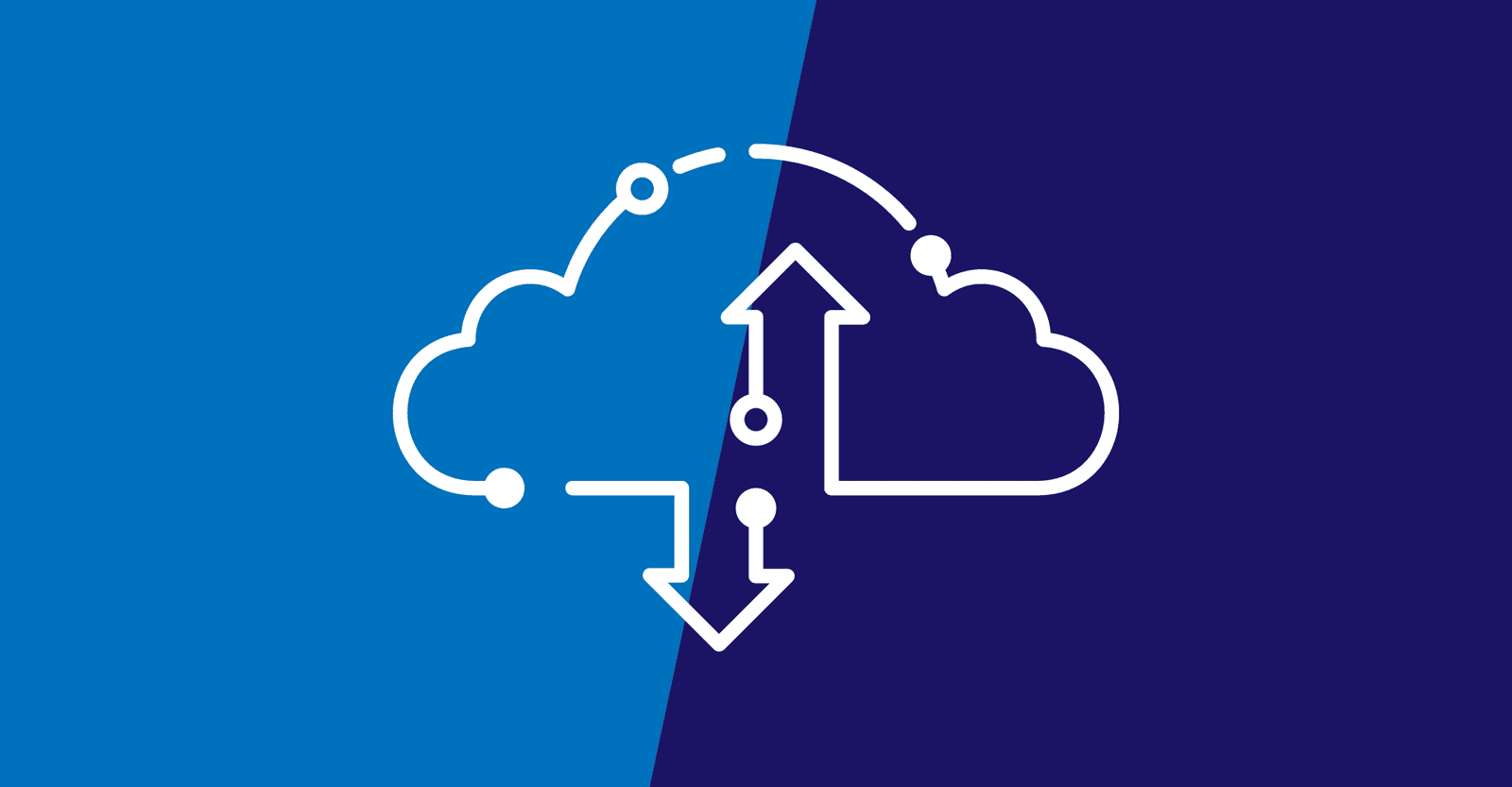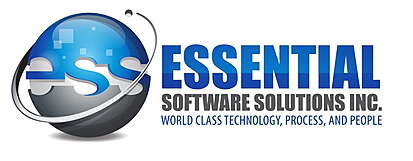
Developing a robust cloud transformation strategy requires a systematic approach that enables organizations to shift efficiently to cloud-based systems. The following steps detail the process to help ensure a seamless transition.
1) Conduct a Thorough Assessment and Define Clear Objectives
- Identify the fundamental elements of your current IT infrastructure, including hardware, network components, and storage solutions.
- Determine which applications and workloads are vital for day-to-day operations.
- Evaluate how your systems perform during regular operations and peak periods.
- Identify any interdependencies between applications and services that might impact the migration process.
- Assess whether existing systems and applications can seamlessly integrate with major cloud platforms.
- Determine what modifications or optimizations might be needed to prepare them for a cloud environment.
- Define your organization’s core strategic goals and the technology support required to achieve them.
- Explore how transitioning to the cloud can drive business growth and innovation.
- Clarify the specific business needs that must be fulfilled during the transformation.
- Identify the regulatory obligations and industry standards your new system must meet.
- Outline the essential security measures needed to safeguard data and maintain operational integrity in the cloud.
2) Selecting the Cloud ERP Model
Cloud ERP Deployment Options
Public Cloud
Public cloud providers deliver storage, virtual machines, and other services over the internet using an IaaS model. Although workloads run on shared infrastructure, they remain isolated at the software level. Key advantages include:
- Ease of Use: Quick deployment without the need for setting up and managing physical infrastructure.
- Scalability: Access to virtually unlimited capacity that grows with your needs.
- Predictable Expenses: Typically billed on a pay-as-you-go basis, reducing the need for hefty capital investments.
- Preconfigured Services: Availability of ready-to-use applications and services, including advanced options like generative AI.
Private Cloud
In contrast, a private cloud offers dedicated services exclusively for selected users, often within a single organization. Although traditionally hosted on proprietary infrastructure, modern solutions like Amazon Virtual Private Cloud allow for private cloud setups within public data centers. Benefits include:
- Enhanced Control: Full visibility and management over the configuration since the infrastructure is owned or tightly controlled by the organization.
- Improved Security: Reduced risk by avoiding shared resources, with the possibility of isolating the environment from the internet.
- Cost Efficiency: Over time, a private cloud can yield a lower total cost of ownership, especially when optimized for long-term use.
Hybrid Cloud
Hybrid cloud architectures blend public and private cloud resources, offering multiple deployment strategies:
- Deploying public cloud services on private infrastructure using platforms like AWS etc.
- Running platforms such as Kubernetes on top of public cloud resources to gain enhanced control and flexibility.
- Operating some workloads on-premises or within a private cloud while leveraging public cloud capabilities for others.
3) Plan the Migration
Once your strategy and vision are clearly defined, develop a comprehensive migration plan. This blueprint should outline the specific steps for transferring applications and data to the cloud, including decisions on whether to rehost, replatform, or refactor existing systems. An agile, phased approach is recommended to minimize risks and allow for adjustments as the migration unfolds.
Migration Plan Breakdown:
- Define Strategy & Vision: Establish clear migration objectives that align with your overall business strategy, setting the course for subsequent actions.
- Assessment & Prioritization: Evaluate current applications and data based on their business impact, risk profile, and complexity.
- Prioritize migration targets to ensure critical systems are addressed first.
- Detailed Migration Planning: Develop a step-by-step plan that specifies whether to rehost, replatform, or refactor each component.
- Agile Phase Execution: Implement the migration in iterative phases, allowing for testing and adjustments at each stage to reduce risks.
4) Invest in Training and Skills Development
After establishing your migration strategy, allocate sufficient time and resources to train and upskill your workforce. This training might include in-house programs or partnerships with external experts to bridge any knowledge gaps. Promoting a culture of collaboration and adaptability with respect to new cloud tools and processes is critical to ensuring a smooth transition and mitigating adoption challenges.
5) Conduct the Migration
This stage marks the actual migration of workloads, applications, and data to the cloud. Adhering strictly to your migration plan is essential for a smooth transition. Testing is crucial at every step to ensure each component functions properly in the new environment before proceeding further.
Key Considerations During Migration
- Strategy Adherence: Follow the established migration strategy meticulously to maintain consistency in transferring applications and data.
- Maintaining Data Accessibility: Ensure continuous access to data during the transition to avoid any disruptions in business operations.
- Workload Testing: Thoroughly test each workload in the new cloud environment to confirm functionality and prevent cascading issues.
- Data Synchronization: Guarantee that any modifications made to source data during migration are synchronized accurately with the new system.
- Phased Migration: Migrate in incremental, manageable phases, allowing you to validate performance at each step.
- Parallel Operations: Run existing on-premises systems alongside the new cloud environment to ensure uninterrupted business operations.
- Robust Testing Protocols: Utilize pilot projects or sandbox environments to verify application performance before full-scale migration.
- Automated Synchronization: Use reliable automation tools to ensure real-time data synchronization, reducing manual errors.
- Contingency and Rollback Plans: Develop clear procedures to revert changes if issues arise, minimizing the impact on operations.
- Real-Time Monitoring: Implement monitoring systems that provide immediate alerts to address performance or accessibility issues quickly.
- Clear Communication Channels: Keep all stakeholders informed about migration progress, potential issues, and backup plans to ensure transparency and coordinated efforts.
6) Monitor, Optimize, and Measure Performance
- Inventory Turnover and Scheduling: Use real-time data from Cloud ERP to optimize inventory processes, avoid overstocking, and meet production targets.
- Project Margins and IT Spending: Integrate cost estimates, expenses, and revenue data to monitor profitability and optimize IT budgets.
- Demand Forecasting: Leverage advanced analytics to predict future demand, enabling proactive adjustments in response to market trends.
- Employee Satisfaction and Customer Experience: Enhance employee productivity and customer service through streamlined processes, measurable via targeted KPIs.
- Overall Productivity and Process Efficiency: Consolidate departmental data to identify inefficiencies and drive productivity improvements.
7) Establish Security and Governance Controls
As you transition to the cloud, establishing strong security and governance measures is vital. New vulnerabilities may emerge when moving data and applications, so prioritizing security is essential.
Key Security Measures:
- Identity and Access Management (IAM): Use IAM frameworks to manage digital identities effectively. Technologies like single sign-on (SSO), two-factor authentication, and privileged access management help secure sensitive information.
IAM Functions:
- Role Assignment: Define roles and manage how they are allocated to users.
- Access Management: Add, remove, and update user roles, ensuring appropriate access levels.
- Data Protection: Secure sensitive data and maintain the overall integrity of the system.
- Regular Security Audits and Continuous Monitoring: Conduct routine audits and deploy monitoring systems to quickly detect and address potential vulnerabilities.
8) Expand the Cloud Capabilities
Once the initial migration is complete and your organization is comfortable with its cloud operations, it’s time to broaden your cloud capabilities. This may involve scaling existing workloads, migrating additional applications and data, or exploring new cloud services. Consider expanding to new geographical regions, adopting multi-cloud or advanced hybrid strategies, and integrating with other cloud-based platforms. The goal is to fully leverage cloud computing to drive efficiency, growth and innovation for your manufacturing/distibution business.
By following these detailed steps—assessing your current environment, selecting the right cloud model, planning and executing the migration, training your team, ensuring robust security measures, and continuously monitoring and optimizing performance—organizations can achieve a smooth, secure, and scalable transition to the cloud. This comprehensive approach not only minimizes disruptions but also lays the groundwork for future innovation and competitive advantage.











